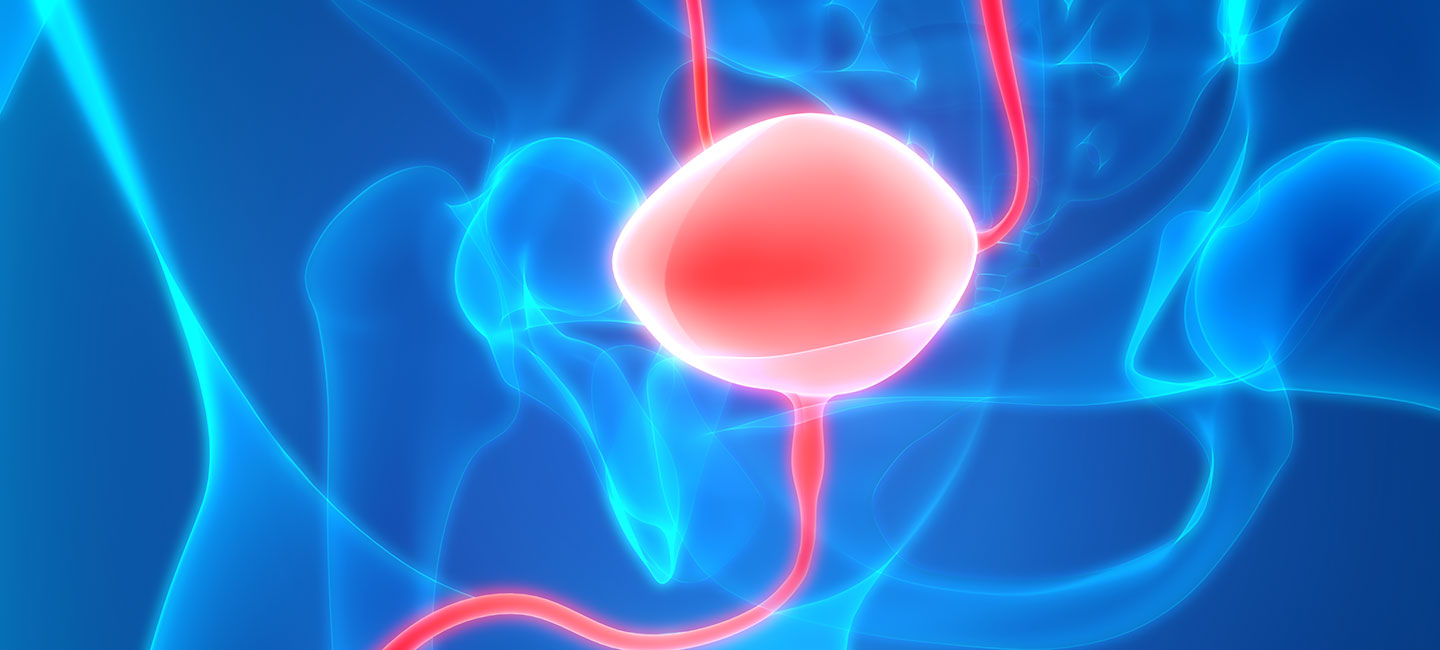Bladder Preservation Therapy Offers Choice to Patients
When James Doolin was diagnosed with an aggressive form of bladder cancer in 2019, doctors told him he would need to have his bladder removed.

James Doolin with his wife, Karen
“It hit me like a of ton of bricks,” said Doolin. “I knew there had to be another option. I was 58 years old and I wasn’t ready to live that kind of life yet.”
About 30% of bladder cancer patients have muscle invasive disease, where the cancer has grown far into the wall of the bladder. Each year, there are about 83,000 new cases diagnosed, and regardless of the course of treatment, the five-year survival rate is only about 50%.
Cystectomy, or bladder removal, is a common treatment for the disease, as well as removal of the prostate and seminal vesicles in men and removal of uterus and ovaries in women. The surgery is life-changing and can affect quality of life, as surgeons must create a new way to store and expel urine from the body.
While removal of the bladder is a common treatment, it’s not the only option. Doolin transferred his care to Moffitt Cancer Center, where he met the criteria for bladder preservation therapy. The treatment includes surgical removal of the tumor followed by chemotherapy and radiation.
Although bladder removal and bladder preservation therapy have never been compared head-to-head in a large-scale clinical trial, some studies show the outcomes of both approaches are essentially the same in well-selected patients.

Dr. Julio Pow-Sang, chair, Genitourinary Oncology Program
“While neoadjuvant chemotherapy followed by radical cystectomy is the standard of care for the majority of patients presenting with invasive bladder cancer, in very well-selected cases there is the possibility of safely preserving the bladder as an alternative treatment option,” said Dr. Julio Pow-Sang, chair of the Genitourinary Oncology Program at Moffitt. “This requires the participation of a multidisciplinary group of specialists that include urologic, radiation and medical oncologists working together with experienced pathologists and radiologists specializing in bladder cancer.”
Doolin had surgery to remove as much cancer as possible before starting radiation and chemotherapy. The first part of his radiation treatment was done on the MRI linear accelerator, or MRI-linac, which uses real-time imaging to monitor the movement of tumors and organs and adjust delivery to compensate for any shifts in position.
“Our bladders are constantly filling with urine and changing shape, so by using this type of technology it allows us to accurately deliver the radiation treatment to the site that is being targeted,” said radiation oncologist Dr. Daniel Grass. “When I use this approach, it allows me to safely increase the radiation dose to a portion of the bladder right where the tumor is located.”
This technique also offers more protection to surrounding healthy tissues and organs, which could be damaged by too much radiation.
In addition to Doolin’s bladder preservation therapy, he enrolled in the NEXT trial, which integrates immunotherapy into the treatment regimen. The trial was modeled after the successes observed in lung cancer; and since the two types of cancers have similarities, Grass hopes the treatment will also benefit bladder cancer patients.

“Part of the risk with patients who have cancer invading through the muscle wall of the bladder is that the cancer will try to metastasize,” said Grass. “We think that immunotherapy could potentially help out locally in the bladder where a patient received radiation, but also it can help control microscopic disease from spreading elsewhere.”
Doolin receives his final immunotherapy infusion this month and has been cancer free for just over a year. He says he experienced little side effects during treatment and knows he made the right decision not to have his bladder removed.
“Life would have been 100% different,” said Doolin. “I am functioning now like I did before my cancer diagnosis.”



